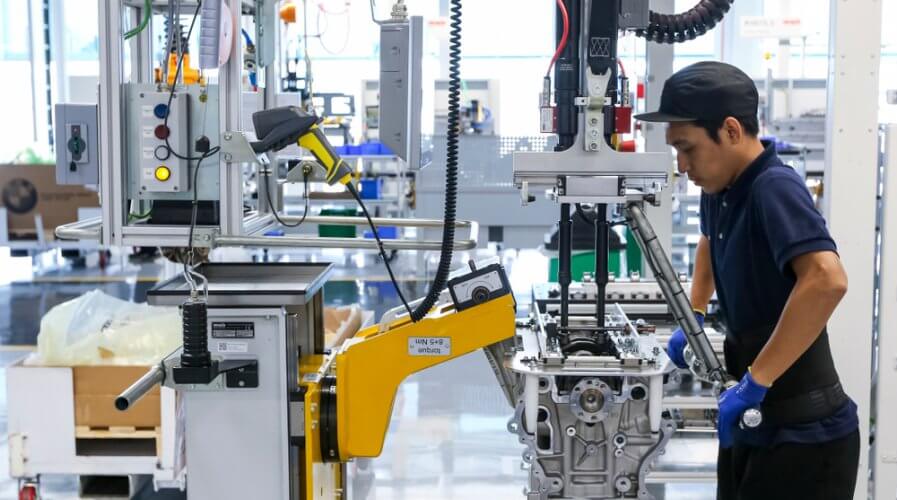
Manufacturers can profoundly benefit from the use of digital twin technology. Source: Shutterstock
How can manufacturers get the most out of their digital twin capabilities?
DIGITAL solutions are growing in capacity and they will continue to delight industry players with their wide range of business applications.
One particular solution that is gradually marking its prominence as a viable business partner is the digital twin technology.
This is because the digital twin is a technology that produces the virtual replica – usually in 3D – of real-world objects like physical products, systems or structures, based on the data collected by sensors.
It can then use advanced analytics and intelligent machine capabilities to provide real-time insights on real-world objects.
For manufacturers, having digital versions of either their products, systems, or facilities can solve age-old challenges like quality management as well as product improvement and planning.
Not only that, the use of the technology can create new business opportunities and foster collaborative experiences within the supply chain, further highlighting its applicability.
Thanks to the advancement in the real of the internet of things (IoT) which has climbed up the maturity curve now, digital twins are set to thrive especially in the manufacturing industry.
Several use cases have been identified to have proven the value of digital twins. Manufacturers have been leveraging the solution to boost product redesigning, product development, system planning, and quality management.
Product redesigning, for one, is a common process in manufacturing. This is when customizations and conversions of products are made, and sometimes, the process can disrupt ongoing production lines.
Digital twin provides the ability for manufacturers to review the feasibility of redesigning without halting current operations. The data produced by the twin can also give manufacturers the ability to alter current processes to accommodate the customizations saving both, time and cost.
Product development is one of the most famous use cases of the digital twin. In manufacturing, developing products to be of high quality and durability is a major production goal.
Digital twins allow manufacturers to use various data from sources like the production line and customer experience management systems to gain insights on the kinds of products with high development potential and market value.
That way, no physical materials are wasted and the products developed can meet the needs of the marketplace.
Manufacturers are also leveraging the digital twin to build replicas of systems they plan to set up in their plants. The solution is imperative in system planning because it allows manufacturers to evaluate the performance of the new system against currently utilized systems.
Using historical data of previous systems’ output and the overall impact of the plant can help manufacturers identify if the new yet-to-set-up systems can be of greater value.
If the results are discouraging, the virtual replica can be customized to see if a different version of the system would help achieve the desired value.
The technology is also highly promising in boosting the quality management of either products, facilities, systems or structures.
Since digital twins offer real-time intelligence on objects’ performance and condition, any issues or flaws can be detected ahead of time or immediately, allowing manufacturers to take relevant actions.
As a result, quality can be better assured and maintenance can be effectively regulated. Not to mention, plants can avoid downtime and optimize efficiency.
Testing of products can also be run to evaluate their performance, durability, and quality in different scenarios. Such data can be used to win the trust of consumers and increase the value of products in the market.
In short, leveraging digital twin capabilities will not only extensively augment production processes, but they will also reduce operational and material costs.
In fact, according to a report, digital twin usage will triple by 2022 signifying the great potential and value of the technology. If manufacturers have not had any plans to use the technology, now would be a good time to start.
READ MORE
- Ethical AI: The renewed importance of safeguarding data and customer privacy in Generative AI applications
- How Japan balances AI-driven opportunities with cybersecurity needs
- Deploying SASE: Benchmarking your approach
- Insurance everywhere all at once: the digital transformation of the APAC insurance industry
- Google parent Alphabet eyes HubSpot: A potential acquisition shaping the future of CRM


